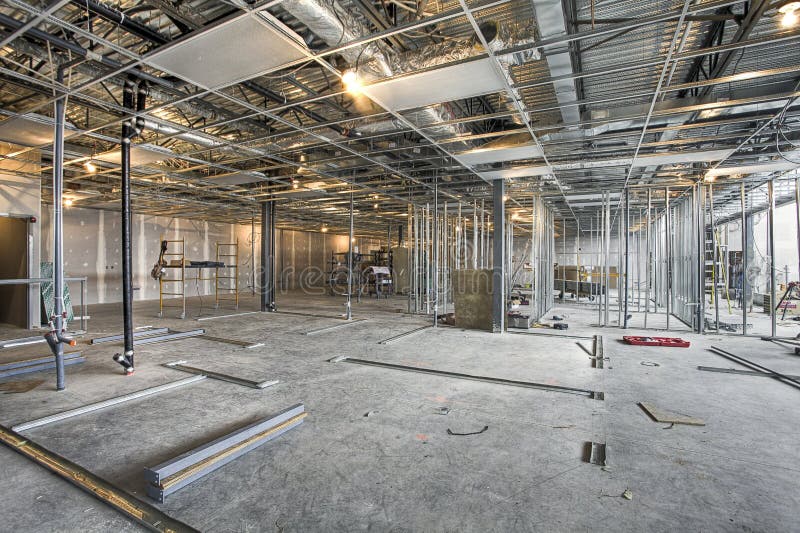In today's world, the relationship between architecture and interior decorating has evolved into a active alliance where aesthetics meet practicality. As residents seek to realize their visions to life, understanding the current fads, methods, and details becomes essential. Whether you are renovating a space or creating from the ground up, the options you make can substantially affect both the feel and value of your residence.
From the integration of smart technology to eco-friendly building practices, the choices available can appear intimidating. But, by concentrating on key elements such as the impact of color, mixing textures, and keeping a consistent style between spaces, you can transform any room into a manifestation of your individual taste. Join us as we explore the best interior design styles to follow this year, practical tips for planning remodeling projects, and creative concepts that will raise your space to greater levels.
Key Interior Design Trends
Currently, interior design is embracing a blend of both comfort and utility, with a significant focus on simplistic aesthetics. Simple forms and spacious layouts continue to prevail, allowing homeowners to design calm environments that promote relaxation. The use of multifunctional furniture that optimizes space is becoming progressively popular, especially in city environments where area is at a premium.
Sustainable design practices are also gaining momentum, with sustainable materials becoming a standard in modern interiors. Clients are more conscious than ever about their ecological footprint, prompting designers to incorporate salvaged timber, upcycled metals, and non-toxic paints in their projects. This trend is not only helpful for the planet but also brings distinctive charm to spaces, making each home feel personalized.

The study of color plays a important role in the 2023 design landscape, affecting mood and ambiance within the home. Gentle, grounded shades are in vogue, creating a soothing atmosphere, while striking shades like dark blue and emerald greens add excitement to specific rooms. As homeowners look to express personal style through color, they are finding ways to coordinate their color selections with furniture and decor, ensuring a consistent aesthetic throughout their spaces.
Renovation and Home Improvement Advice
Starting a home remodeling project can be both invigorating and overwhelming. Understanding what to expect during such a experience is essential for property owners. From preliminary design consultations to the conclusive walkthrough, being aware of the steps involved can significantly reduce worry. like this with construction teams and using a detailed timeline can facilitate a more seamless process, guaranteeing that surprises are minimized and the end product aligns with your goals.
Planning a renovation that stays on cost is a common hurdle many face. It's crucial to establish a practical estimate upfront, taking into consideration potential cost overruns that could arise from unforeseen issues. Hiring a knowledgeable general contractor can help in formulating a comprehensive cost plan that includes all elements of the remodel. By emphasizing your must-haves and being open to make compromises, you can achieve a stunning change without overspending.
Construction mistakes can disrupt even the best design plans. Whether it's building changes that affect flow or decisions of elements that clash with the overall aesthetic, the right skills is crucial. Investing in skilled contractors who comprehend both renovation and design can help steer clear of pitfalls, ensuring that the vision for your area is fulfilled effectively. Attention to detail during the construction phase can lead to a harmonious blend of utility and aesthetics in your living space.
Sustainable and Intelligent Design Practices
Integrating sustainable design practices in construction and indoor design not only aids the environment but also enhances the visual appeal of a home. Utilizing eco-friendly materials, such as repurposed wood or recycled metal, can infuse spaces with personality while minimizing the carbon footprint. Designers are increasingly adopting these materials to create warm, inviting interiors that match modern sustainability goals. Furthermore, adding plants and biophilic design elements helps to improve air quality and link residents to nature, fostering a sense of well-being.
Smart technology is revolutionizing the way we design and engage with our living spaces. From energy-efficient illumination to smart thermostats, these advancements not only support sustainability but also streamline daily living. When designing a home, think about incorporating smart systems that can enhance energy efficiency, such as mechanized window shading or smart irrigation systems for gardens. These technologies create a seamless blend of comfort and practicality, appealing to the needs of the modern homeowner while decreasing energy consumption.
Integrating sustainable methods into construction also involves careful planning and execution to optimize energy efficiency throughout the lifecycle of a building. This includes proper insulation and energy-efficient window designs that can significantly reduce heating and cooling costs. By making informed decisions early in the construction process, such as choosing energy-efficient appliances and fixtures, homeowners can enjoy long-term savings and a minimized environmental impact. This dedication to sustainability not only enhances the appearance of a home but also establishes it as a forward-thinking space within its community.
